I still remember the very first time I went to Whole Foods. I felt a little nervous, like a kid on the first day of school, because everything was so new and different from the traditional grocery store around the corner from my house. I had to drive to the other side of town, find street parking, and navigate unfamiliar aisles. But you know what? Once I got past my initial jitters, I absolutely loved it.
 Whole Foods is the best, from the super fresh local produce to the brands you don’t find anywhere else to—this is my boys’ favorite part—the delicious pre-made items that let me get together a very nice meal even when I’m short on time. Depending on what’s going on in a given month, though, sometimes my budget can make me a little hesitant to head on over there. I’m getting quite a bit more value with all the cool items and fresh produce at Whole Foods, but I’m also spending a little more.
Whole Foods is the best, from the super fresh local produce to the brands you don’t find anywhere else to—this is my boys’ favorite part—the delicious pre-made items that let me get together a very nice meal even when I’m short on time. Depending on what’s going on in a given month, though, sometimes my budget can make me a little hesitant to head on over there. I’m getting quite a bit more value with all the cool items and fresh produce at Whole Foods, but I’m also spending a little more.
I recently found the perfect way to get around this dilemma, though: free shopping apps that let you earn Whole Foods rewards points! With these apps, you can earn rewards just by shopping at Whole Foods, plus any number of other stores I go to all the time. And, just like their ready-to-eat snacks and meals, these apps are all incredibly easy to use. But the best part? Unlike those meals, they’re free!
Step One to Earn Whole Foods Rewards: Familiarize Yourself with Shopping Apps
The first time I went into Whole Foods, I was disoriented; there were so many new and different products that I’d never seen before. But I stuck with it, exploring the store aisle by aisle, and now I love, love, love Whole Foods!
The world of shopping rewards apps can feel like this too. Just like all the new products and brands at Whole Foods, when you try to choose one to start using, there are so many choices that it can be hard to know which one is going to help you earn the most Whole Foods rewards. Luckily for you, I’m here to be your guide!
Let’s start by narrowing our free shopping apps for Whole Foods rewards down to two basic categories:
- The Whole Foods store rewards app: Whole Foods makes it easy to save with them by offering its own app. Remember when we talked about how to earn Target gift cards using a free app? This is a whole (get it?) lot like that! With the Whole Foods Market app, you get exclusive digital coupons, plus an easy-to-use reference guide that makes it easy to know exactly what’s on sale and when you should buy it. This app has seriously taken my shopping at Whole Foods to a whole (#sorrynotsorry) new level.
- Multi-store shopping rewards apps: When it comes to my grocery shopping, I don’t like to stick to just one store. The best system for me is to get a few items at my neighborhood spot, a few more at Walmart or Target, and the really good produce and higher end stuff at Whole Foods. I’m actually like that with apps too, I can’t stick to only one. So, in addition to my Whole Foods app, I like to use some shopping apps good at lots of different stores too, apps that are free and can help me drastically increase my Whole Foods rewards! How these apps work is generally pretty simple: you go to Whole Foods, or Target, Walmart, etc., and you earn points and incentives for the things you do while you’re shopping anyway, like walking into the store, scanning barcodes to get more info about featured products, and making purchases. Easy! The key thing to remember is that using multiple rebate apps can maximize rewards.
Step Two to Earn Whole Foods Rewards: Establish a Routine
While my trips to Whole Foods are somewhat inconsistent, my routine when I go there is steady and strong:
- Check the Whole Foods app for sales and digital coupons, then make sure I have my favorite shopping rewards app open as well.
- Make a list of what I need, heavily influencing it based on the savings offered on the app.
- Enter the store and scan all the products that my shopping rewards app is featuring.
- Make sure I use my shopping rewards app to snap a quick picture of my receipt as soon as I get back to the car so I get rewarded for my purchases each and every time I shop.
- Repeat!
This routine is automatic for me now, but I couldn’t really do it without my favorite multi-store shopping rewards app, Shopkick. Shopkick works at Whole Foods as well as all my other favorites stores, like Best Buy, Target—even Amazon! And, it turns all my shopping trips into a fun game to collect as many points, called kicks, as I can. With Shopkick, my trips to Whole Foods are like a scavenger hunt. I get points when I walk in, points for hunting down and scanning featured items, and points for making purchases.
Thanks to Shopkick and the Whole Foods app, my grocery trips are pretty carefree these days, regardless of what my budget is looking like during any given month. I just get so much out of this dynamic digital duo that the savings have made it possible to add Whole Foods to my regular repertoire of grocery stops. Now if only someone could invent an app that makes city parking easier.
Start getting paid to shop at Whole Foods with Shopkick. Download the free shopping rewards app today and join a community of loyal Shopkickers who’ve already discovered the fun of shopping with us as their savings sidekick!
And, if you love social media as much as you love your smartphone, join us on Facebook, Twitter, and Instagram.
Image courtesy SweetLana



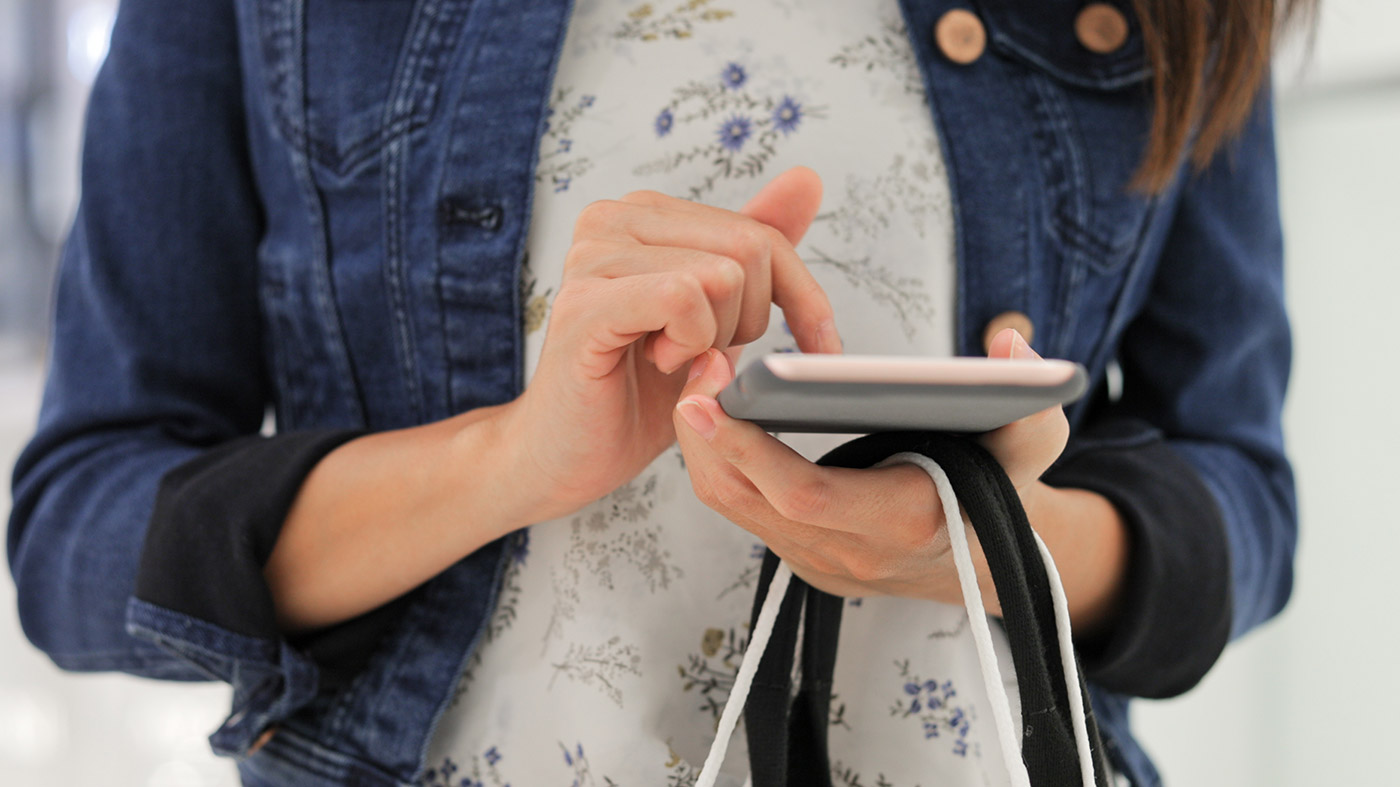
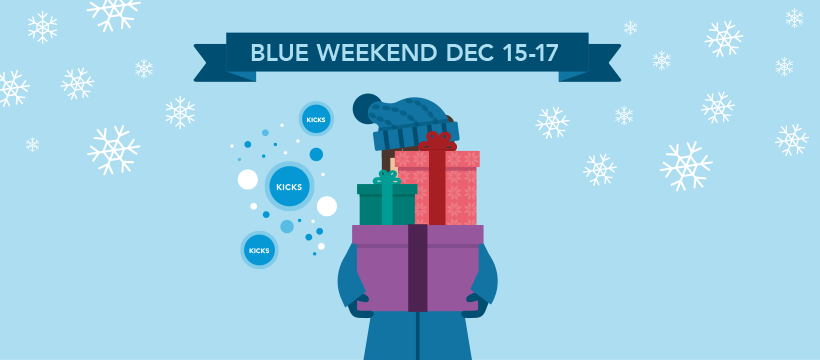
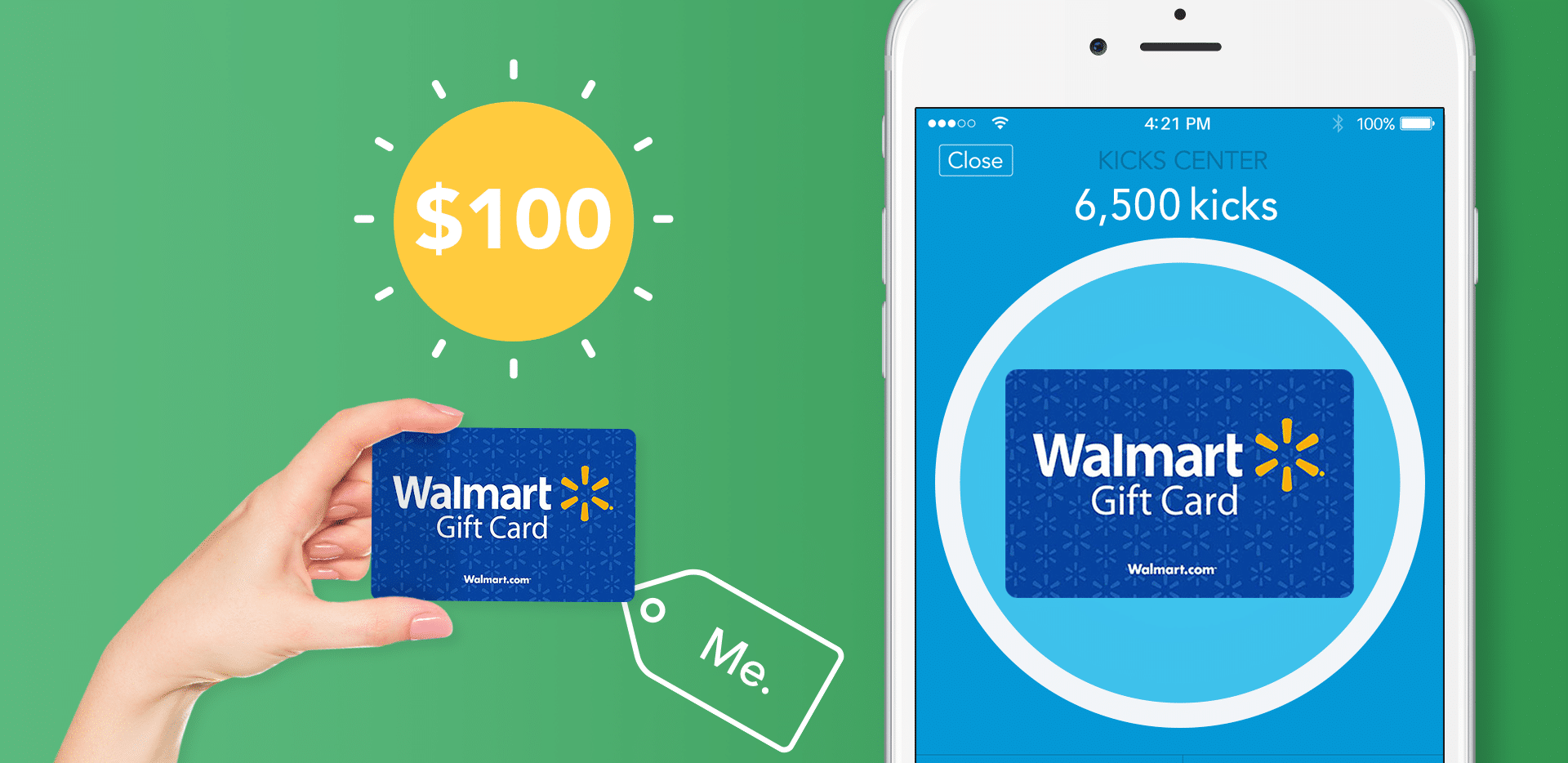
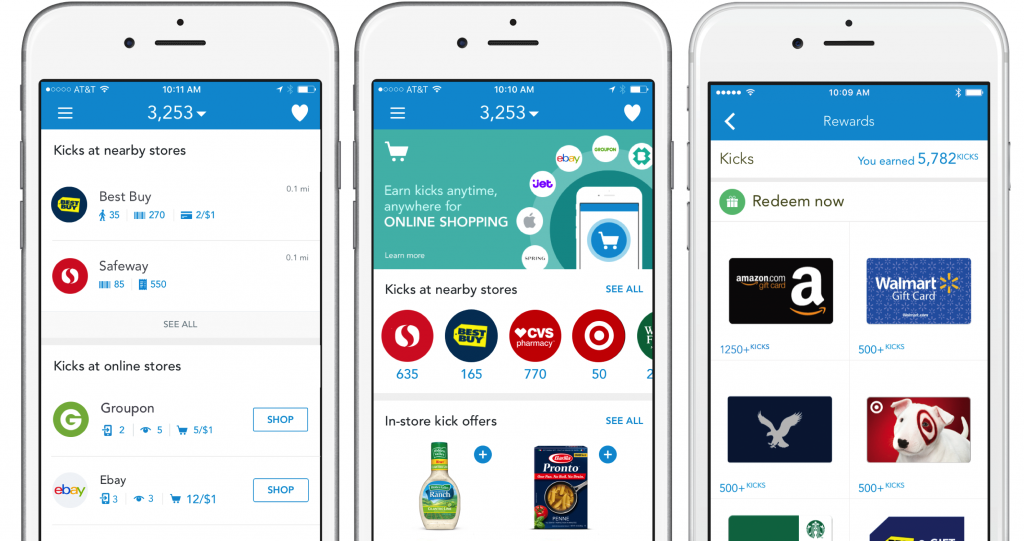
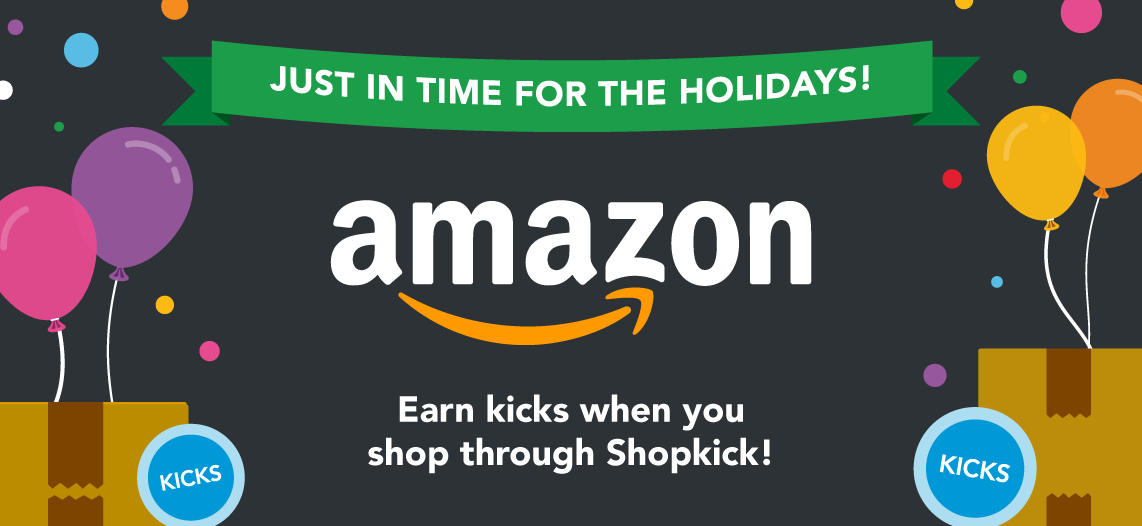
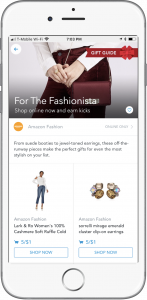
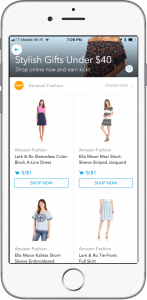

 I used to beg my parents to take me there as a kid, mostly so I could look at the latest N64 and PlayStation games. Then, when I got older, I was more interested in checking out CDs and DVDs, back when those were still things. Nowadays, I’m all about the home theater hookups and mobile devices. I’ll spend hours playing with tablets and new phones before spending
I used to beg my parents to take me there as a kid, mostly so I could look at the latest N64 and PlayStation games. Then, when I got older, I was more interested in checking out CDs and DVDs, back when those were still things. Nowadays, I’m all about the home theater hookups and mobile devices. I’ll spend hours playing with tablets and new phones before spending 
 I am absolutely addicted to browsing through beauty product aisles. It really doesn’t matter how much time I have, how big the store is, or whether or not I have some place to be because once I’m surrounded by lotions and lipsticks, there’s no telling how long I’ll be there, reading labels, trying samples, and sniffing bottles.
I am absolutely addicted to browsing through beauty product aisles. It really doesn’t matter how much time I have, how big the store is, or whether or not I have some place to be because once I’m surrounded by lotions and lipsticks, there’s no telling how long I’ll be there, reading labels, trying samples, and sniffing bottles. 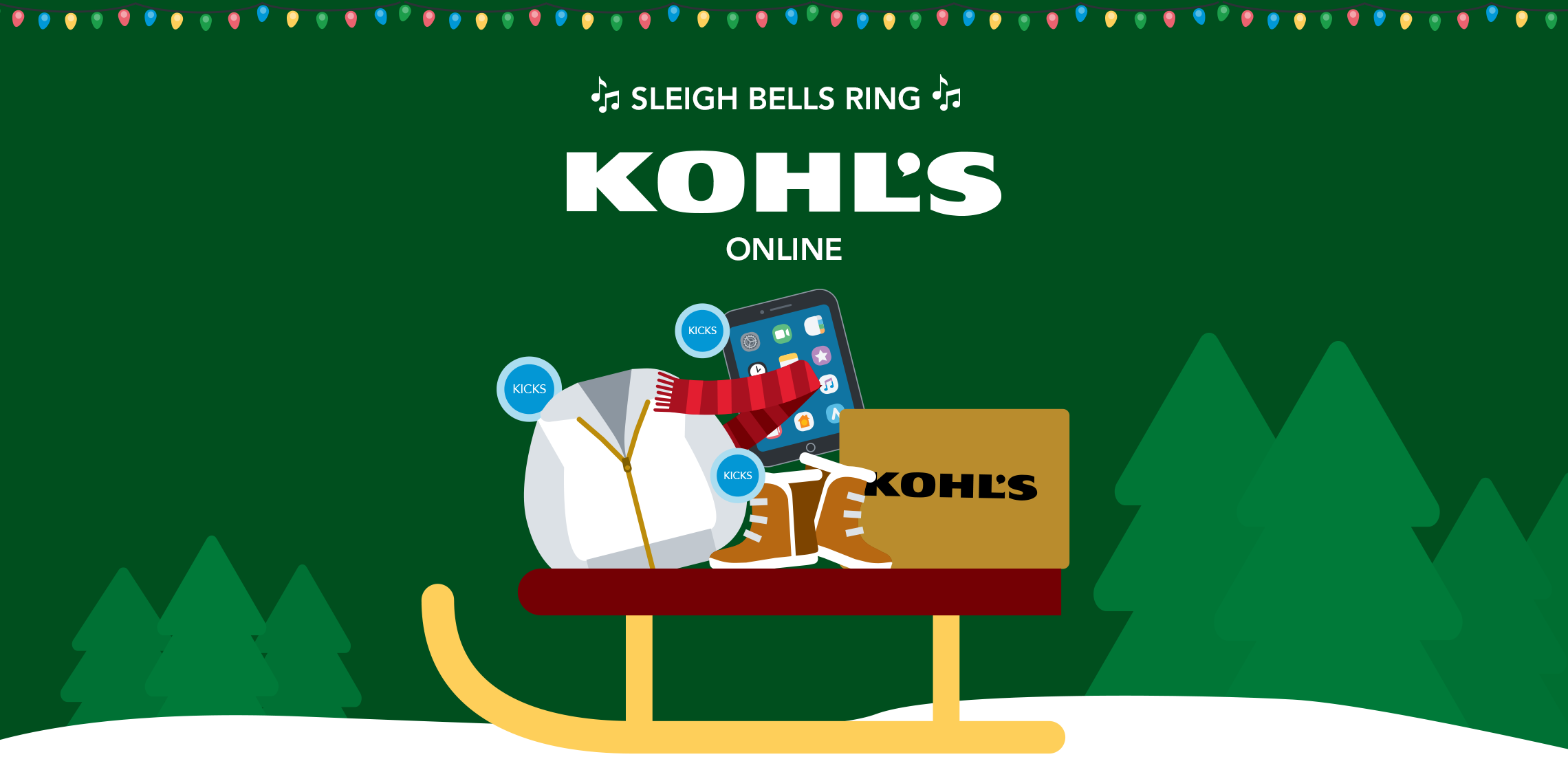
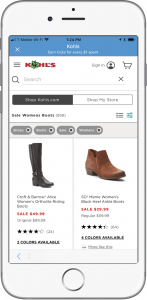

 I’ve suddenly remembered I was out of face wipes while at coffee with one of my ladies. A few clicks on Amazon and a new pack was on its way—and I didn’t have to spend my social hour trying to remember a mental shopping list. Or, let’s say I’m out of snacks for the kids’ lunches. I can buzz on over to my Target app to order crackers and trail mix while getting a much deserved monthly pedicure. I can even order my family’s dinner at Panera while I’m walking to my car in those silly flip flops and have a big brown bag of soups and sandwiches waiting to be picked up in minutes.
I’ve suddenly remembered I was out of face wipes while at coffee with one of my ladies. A few clicks on Amazon and a new pack was on its way—and I didn’t have to spend my social hour trying to remember a mental shopping list. Or, let’s say I’m out of snacks for the kids’ lunches. I can buzz on over to my Target app to order crackers and trail mix while getting a much deserved monthly pedicure. I can even order my family’s dinner at Panera while I’m walking to my car in those silly flip flops and have a big brown bag of soups and sandwiches waiting to be picked up in minutes.
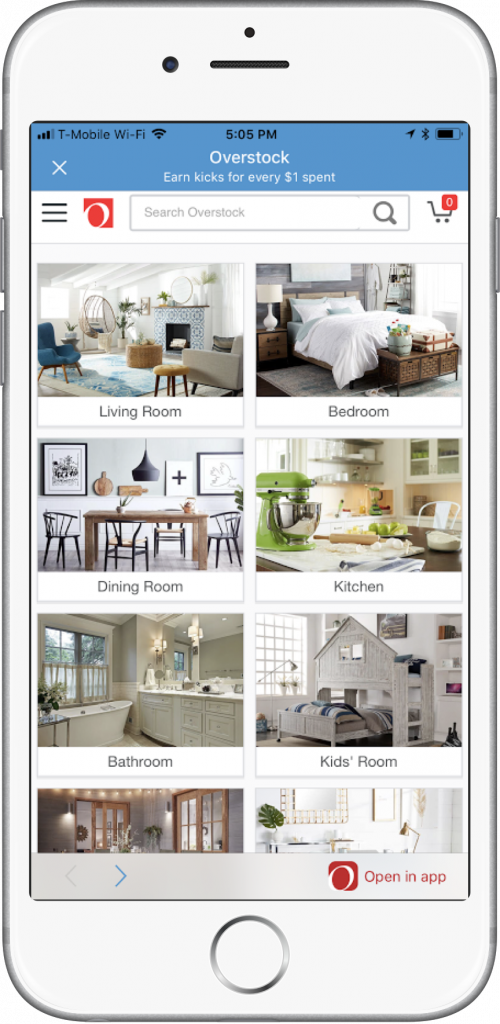

 My friend Dan’s big financial advice is to develop passive income streams, like rental properties or investments that help you earn money while you’re focused on your day job. Which of course got me thinking about… shopping.
My friend Dan’s big financial advice is to develop passive income streams, like rental properties or investments that help you earn money while you’re focused on your day job. Which of course got me thinking about… shopping.